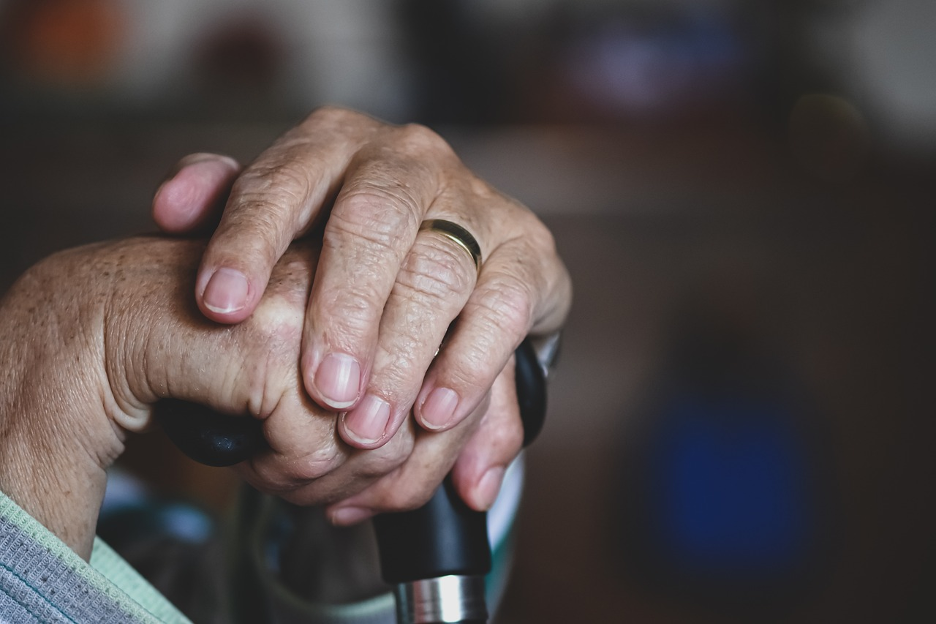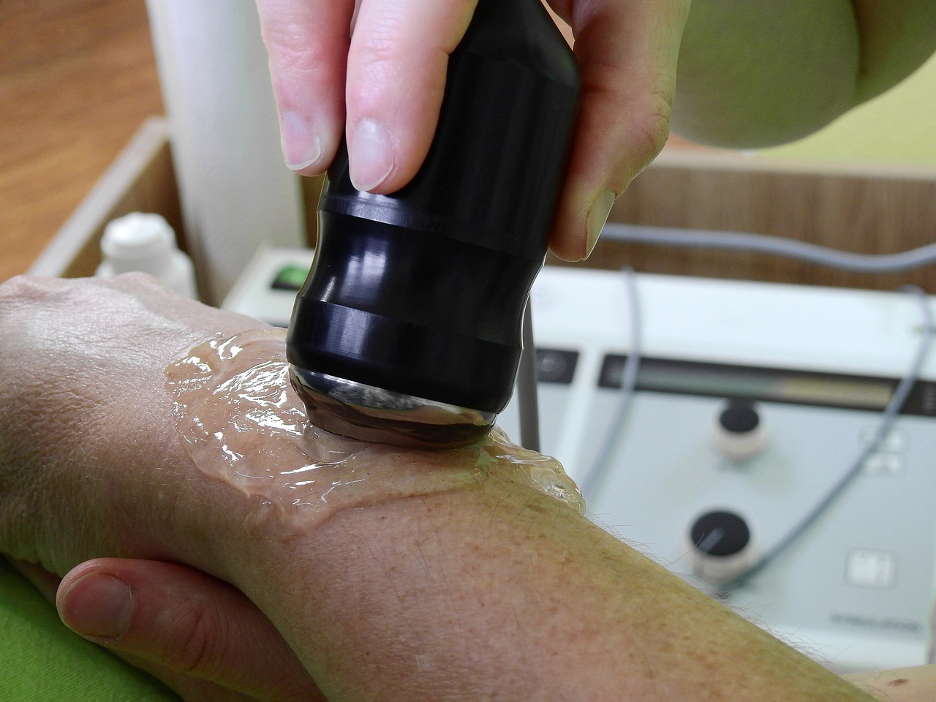
22 Aug Rehabilitation Trends Empowering Home Care for Recovering Patients
Recovering from surgery or a significant injury is a journey that’s increasingly taking place in the comfort of home. The idea is simple but powerful: familiar surroundings, combined with the right tools and support, can significantly enhance the recovery process.
Recent advancements in rehabilitation have made home care more effective than ever. From innovative mobility equipment to telehealth services that bring therapists into the living room, these trends are reshaping how we approach recovery. This post explores how these trends are making home care a more viable and often preferable option for those on the road to recovery.
The Rise of Home-Based Rehabilitation
Why Home Care is Gaining Popularity
The appeal of home-based recovery goes beyond comfort – it is also about the psychological benefits. Home is where people feel most relaxed and supported, which can accelerate the healing process. Studies have shown that lower stress levels, often experienced at home, contribute to faster recovery. The ability to maintain daily routines in a familiar environment provides both physical and emotional comfort, motivating patients to stick with their recovery plans.

Image by Alexas_Fotos on Pixabay
Impact of COVID-19 on Home Rehabilitation
The COVID-19 pandemic accelerated the shift towards home-based care. With hospitals under strain and concerns about exposure to the virus, many turned to home care as a safer option. This shift highlighted that with the right support and equipment, such as a rotating bed is a lifesaver for those with limited mobility, effective rehabilitation can indeed happen at home.
Telehealth services have played a crucial role in this transition, allowing patients to consult with healthcare providers remotely. This not only reduces the risk of infection but also offers the flexibility to receive care at convenient times, making home recovery more accessible.
Innovations in Rehabilitation Equipment
Modern Mobility Equipment: The Game Changer
Mobility equipment has seen significant advancements, transforming how patients recover at home. Modern wheelchairs and walkers are now lighter, easier to maneuver, and equipped with smart technology that tracks a patient’s movements. This allows for more personalized care and faster recovery.
These advancements in mobility aids are crucial for patients with limited mobility, offering features that ease daily activities and promote independence—key factors in successful home recovery. Additionally, high-tech solutions like robotic exoskeletons and smart braces are enabling patients to regain strength and coordination more effectively.
Impact of COVID-19 on Home Rehabilitation
The COVID-19 pandemic accelerated the shift towards home-based care. With hospitals under strain and concerns about exposure to the virus, many turned to home care as a safer option. This shift highlighted that with the right support and equipment, such as a rotating bed is a lifesaver for those with limited mobility, effective rehabilitation can indeed happen at home.
Telehealth services have played a crucial role in this transition, allowing patients to consult with healthcare providers remotely. This not only reduces the risk of infection but also offers the flexibility to receive care at convenient times, making home recovery more accessible.
Wearable Tech for Physical Therapy
Wearable technology has advanced from basic fitness trackers to complex rehabilitation devices. These devices monitor progress, provide real-time data to therapists, and offer feedback to ensure exercises are performed correctly. For instance, smart gloves help stroke patients regain hand function by tracking finger movements and providing resistance during exercises.
Wearable tech is particularly beneficial for those who cannot regularly access physical therapists, allowing them to continue their rehabilitation confidently and effectively at home. This not only speeds up recovery but also reduces the need for frequent in-person visits, making the process more convenient.
Telehealth and Virtual Rehab Sessions
Connecting with Therapists Virtually
Telehealth has become essential in home-based rehabilitation, allowing patients to stay connected with healthcare providers without in-person visits. Virtual rehab sessions enable therapists to guide patients through exercises and monitor progress in real time. This ensures that patients perform exercises correctly and receive immediate adjustments to their rehabilitation plans when needed.
The flexibility of telehealth also means that patients can schedule sessions at times that suit them best, leading to better adherence to rehabilitation programs and improved outcomes.
Benefits of Virtual Check-ins
Regular virtual check-ins provide an additional layer of support for patients recovering at home. These check-ins allow patients to discuss progress, ask questions, and receive encouragement – which are crucial for staying motivated throughout the recovery process.
For those in remote areas or with limited mobility, virtual check-ins eliminate the need for frequent trips to the doctor’s office, making healthcare more accessible and less burdensome. This approach has proven particularly beneficial for elderly patients or those with chronic conditions.
The Role of Caregivers in Home-Based Rehabilitation
Empowering Family Members and Friends
Caregivers – often family members or close friends – are essential in home-based rehabilitation. They provide daily support, monitor progress, and offer emotional comfort, all of which significantly influence recovery. Empowering caregivers with the right knowledge and tools is crucial. This includes understanding the patient’s condition, learning how to use mobility equipment, and knowing when to seek professional help.
Training and Resources for Caregivers
Caregivers often step into this role unexpectedly, feeling unprepared for the challenges ahead. Thankfully, a wide range of resources is available to assist them. Online courses, workshops, and support groups provide valuable information on managing medications, assisting with physical therapy exercises, and handling the emotional aspects of caregiving.
Support groups, whether online or in-person, offer a space for caregivers to share experiences and gain insights, helping them feel more confident and connected in their role.
Looking Ahead: The Future of Home Rehabilitation
The Growing Importance of Personalization
As home-based rehabilitation evolves, personalization is becoming increasingly important. Every patient’s recovery journey is unique, and personalized care plans tailored to their specific needs are essential for effective recovery. Advances in technology, such as AI-driven therapy programs and smart devices, are making it easier to customize rehabilitation plans in real time, adapting to the patient’s progress.
What’s Next in Home Rehab Tech?
The future of home rehabilitation is bright, with new technologies promising to revolutionize recovery. Robotic exoskeletons, virtual reality (VR) for physical therapy, and AI-driven platforms are just a few examples of innovations that make home-based care more effective. Additionally, smart home technology is integrating with rehabilitation tools, further enhancing the independence and comfort of patients recovering at home.
A New Era of Empowered Recovery
Home-based rehabilitation is transforming how patients recover, offering more independence, comfort, and control over their healing journey. Supported by technological advancements, personalized care plans, and robust caregiver support, patients are now better equipped to manage their recovery at home. This new era of empowered recovery is not just a trend but a fundamental shift in how we approach healing and wellness.
The information on MedicalResearch.com isprovided for educational purposes only, and is in no way intended to diagnose, cure, or treat any medical or other condition.
Some links may be sponsored. Products are not endorsed.
Always seek the advice of your physician or other qualified health and ask your doctor any questions you may have regarding a medical condition. In addition to all other limitations and disclaimers in this agreement, service provider and its third party providers disclaim any liability or loss in connection with the content provided on this website.
Last Updated on August 22, 2024 by Marie Benz MD FAAD

